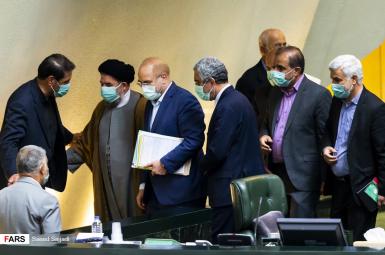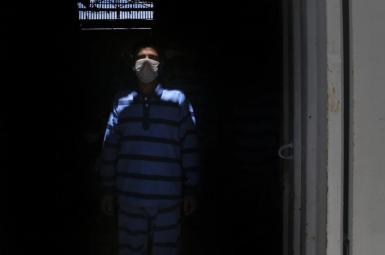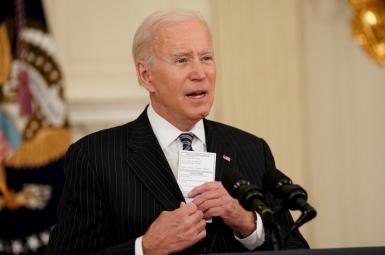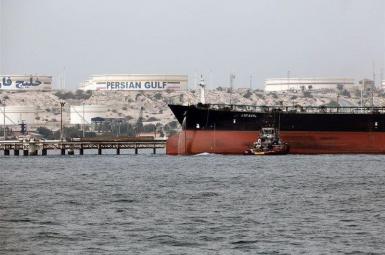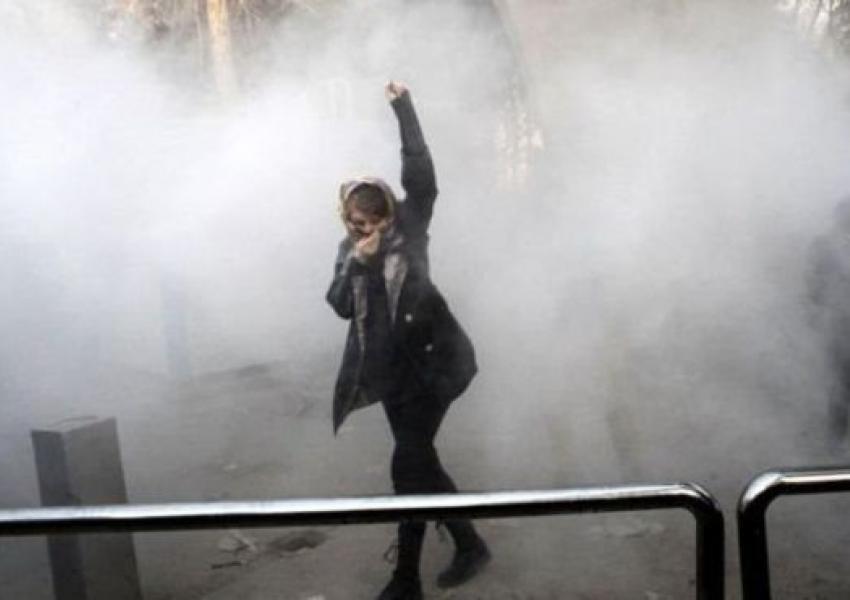
The Roots and Consequences of Decline in Iran’s Mass Protests
In August 2019, the Islamic Republic of Iran’s interior minister, Abdolreza Rahmani Fazli, proclaimed a 38% decline in mass protests, This was in spite of the high level of dissatisfaction in Iran and thus it raises questions regarding the roots and dimensions of the dissatisfactions. Currently, Iran is in a special internal and external situation, experiencing the most difficult economic sanctions ever since the emergence of the Islamic Republic in 1979.
From the Escalation of Crisis to Quiet
Following the month-long general protests in January 2018, Iran witnessed an upward trend in general and unionist protests, both of which reached their peak in August 2018, as a reaction to the unprecedented collapse of the Iranian Rial and the decline in the economic and Quality of Life indices. As a result of this, people from different strata of the society joined the protests, among whom were workers, students, teachers, bazaar merchants, and doctors. Additionally, pressures from the US started after Trump abandoned the nuclear deal in May 2018; these pressures intensified dissatisfaction and had a significant mental impact on Iranian society.
In the first two weeks of May 2018, 489 protests were reported from around the country. This signifies an average of 69 protests every day during that period. But, ever since January 2018, the frequency of the protests has gradually declined, though never stopped. This is why the interior minister reported the 38% decline in the protests.
The Unexpected Decline in the Protests
In reality, there were no changes in the economic indices and people’s living conditions to impact the number of protests; on the contrary, the economic conditions have even worsened since the Winter of 2018. For instance, youth unemployment which was 12% in the Winter of 2018, rose to 25% in Spring. The inflation rate had a similar rise from 10,2 in September 2018 to 26,6 in Spring 2019. Moreover, the decline of the Rial and the economic growth caused the Iranian government to remove four zeros from its currency in order to control the economic crisis. These negative developments happened alongside the increasing pressures from the US, which reached their peak in May 2019 when the US dropped Iran’s oil sanction waivers and as a result oil exports fell to lower than 300 thousand barrels per day. Iran’s oil exports have crashed from 1.1 million barrels per day in January 2018 and 2.9 million barrels per day in the period before the US dropping the Nuclear Deal in May 2018, to 100 thousand barrels per day in June 2019, reports say.
It should be noted that in line with Trump’s ‘maximum pressure campaign’, the sanctions also include a ban on sales of metal products and petrochemical exports to deprive Iran of all its exports revenues. Iran has faced significant challenges in transferring its meager revenues from oil and non-oil exports due to banking and financial sanctions.
Containment Policy
There are various reasons why protests have declined in spite of the deteriorating economic conditions. The Islamic Republic has taken advantage of the growing pressures from the US, calling them a threat to the country and the regime. It has utilized this to impose more social restrictions with the excuse of building a national front against foreign threats. In addition, the Revolutionary Guards’ military operations in the region are, on the one hand, an effort to improve general trust in the regime and intensify the sense of defying foreign enemies. On the other hand, these operations intend to show the country as a victim of its enemies’ conspiracies.
When the US dropped the Nuclear Deal, there was a hike in the number of protests in Iran; however, Iranian protesters realized that Trump administration is not after regime change in Iran. Therefore, many protestors lost their motivation to organize and continue their protests.
Nevertheless, as the protests grew larger, the Islamic Republic took careful measures to react. First of all, they used security tools to suppress, kidnap and arrest activists on bogus national security charges or trite allegations of having relations with foreign powers. They used the Iranian militia (Basij), and such foreign militia as Lebanon’s Hezbollah and Iraq’s Popular Mobilization Front (PMF) to crush the protests. Second, they allowed a handful of protests to take place legally in certain places in order to better control the protests in a unionist framework and prevent dissatisfaction from spreading further. The state showed more flexibility in dealing with people’s requests and did not hinder the criticism of some authority figures, calling it ‘people’s right to protest’. To show its agreement with the protesters’ requests, the government made major changes to its key economic ministries. In addition to all this, specific religious components were emphasized to reinforce national unity and the will to battle foreign enemies.
The Future of the Protests
If the protests have had a 40% fall, as the interior minister claims, there is still a 60% potential of active dissatisfaction. Therefore, considering the ever-growing difficulties in the living conditions, the Iranian society is still in a critical and tense situation.
Even though the Islamic Republic of Iran has utilized all its security and political forces to successfully reduce social tensions, the lack of realistic solutions to the economic crisis will have rendered these actions ineffective in the long run as a fiercer return of protests is inevitable. Undoubtedly, the only way out of the current crisis is finding solutions to the problems caused as a result of external pressures, which is the main challenge to the Iranian regime and its moribund economy.
Signs indicate no cessation of the mass protests in the future, as the social situation has a grim prospect with the rise of youth unemployment and the emergence of the unemployed army. Additionally, the probable consistency of downward trend in the oil revenues, the incompetent austerity measures and the impending US elections with Trump’s high chance of reelection will deteriorate the situation and we will witness the decline of the regime’s legitimacy and the diminishing of its economic resources; all this can reinforce dissatisfaction. However, should the Islamic Republic agree to negotiate with the US, the protests will probably subside. Considering the international mediation, especially from France, it is not too far fetched to imagine the possibility of a new round of negotiations or settling certain disputes through modifying the sanctions or allowing Iran banking transactions. Such measures can benefit the economic conditions in Iran which, in return, might possibly calm the situation and decrease dissatisfactions.
Therefore, it is fair to say that protests in Iran are a reaction to the difficult economic conditions rather than having a political nature. Therefore, ameliorating the economic conditions can be an appropriate answer to the current turbulent situation. Seen from this point, it is possible to find a solution to the dissatisfaction problem. Managing the social tensions in Iran and controlling their consequences cannot be achieved with security measures; it is the economic problems caused by the paralyzing US sanctions that must be solved. This is not possible unless Iran shows more flexibility toward all-out negotiations with the US.


